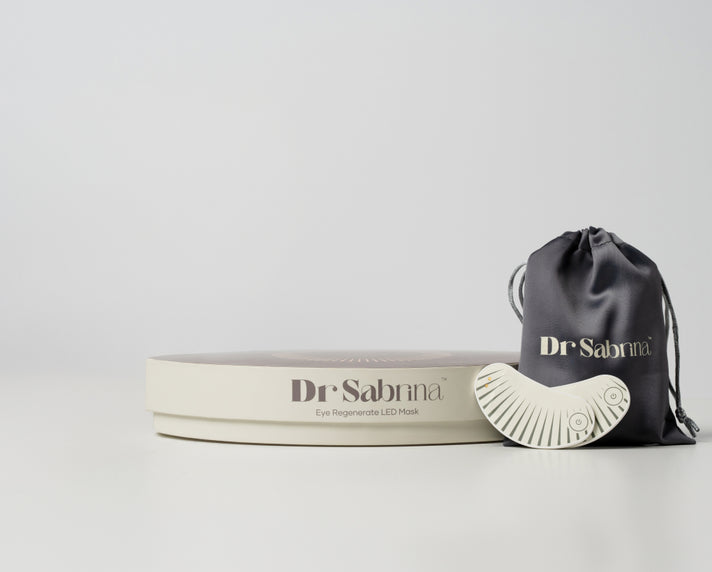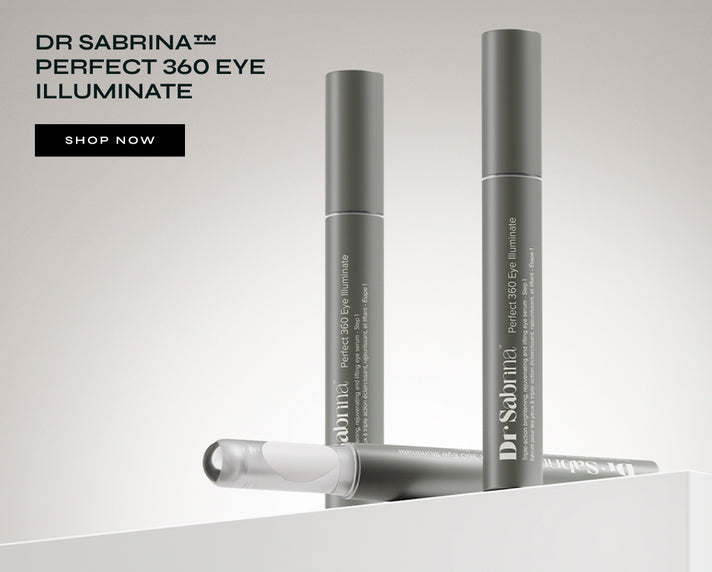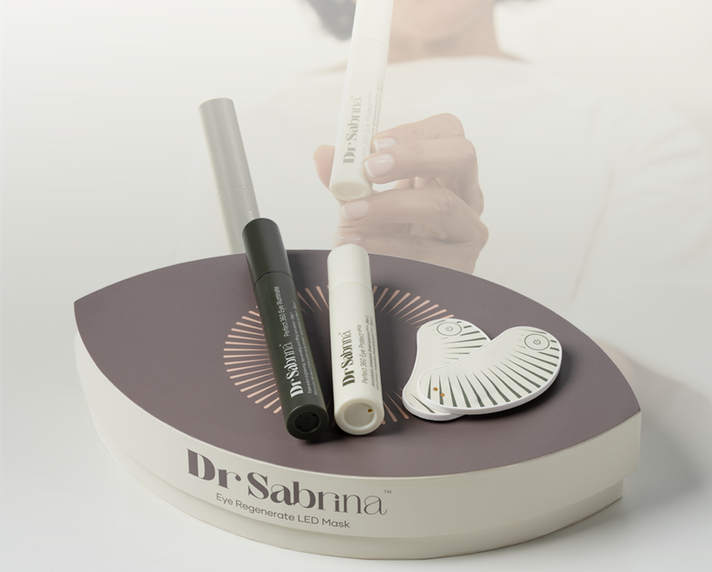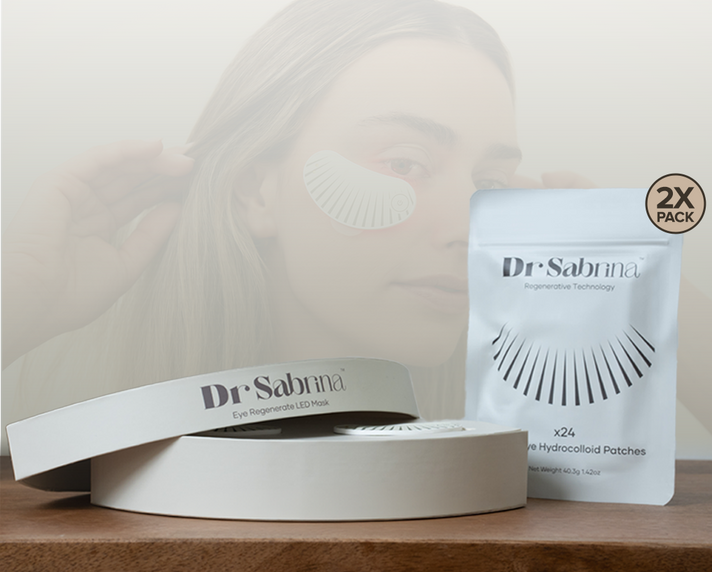LED Eye Patches
Facial Cupping: Does Face Cupping Work?

Have you ever endlessly scrolled your feed and seen someone with small glass or silicone cups put suction on their face? If so, welcome to facial cupping! A once-buzzy treatment that was only ever part of the traditional Chinese medical world, face cupping has since gained popularity in beauty and wellness spaces. But here's the big question: Does facial cupping, does face work? Or is it merely a trend with no effects?
In this blog, we will break down facial cupping, its benefits, and, most importantly, whether facial cupping works. Let us demystify this centuries-old technique turned into a modern beauty treatment.
What is Facial Cupping?
Facial cupping is a light cupping massage that uses soft silicone or glass cups to create suction on the skin's surface. It is important to note that facial cupping is much gentler than body cupping (which usually leaves dark marks), since its main purpose is to stimulate the skin and tissue beneath the skin.
The usual facial cupping involves:
- Applying oil/serum to lessen the friction
- Putting the cup on the skin and moving it gently in upward strokes
- Gently creating suction (never too much!) to lift and stimulate blood flow in the facial tissue
-
Creating suction to lift facial tissue and stimulate blood flow
It’s often called a cupping facial, and many users claim glowing skin after their session.
Facial Cupping – Does Face Cupping Work?
So, let's get started by answering the big question: Does face cupping work? In terms of science, cupping massage therapy increases circulation. With this in mind, if it is applied to the face, it can lead to:
- Increased blood flow
- Decreased puffiness
- A lifted, firmer look
- Detoxification through the lymphatic drainage
A few small studies and anecdotal evidence suggest that daily face cupping may encourage collagen production and reduce fine lines. While there are limited clinical studies on face cupping, its benefits are similar to traditional cupping massage therapy.
Cupping Facial Benefits You Should Know
Many advocates tout a long list of cupping facial benefits, and here’s what people are noticing:
1. Improved Circulation
The suction increases blood flow to facial tissues, giving your skin a rosy, healthy glow.
2. Lymphatic Drainage
One of the main benefits of face cupping is reducing fluid retention. It can help decrease puffiness, especially around the eyes and jawline.
3. Boosts Collagen Production
Increased circulation may stimulate collagen, potentially softening fine lines and wrinkles.
4. Better Product Absorption
Skin that’s been massaged and stimulated tends to absorb serums and moisturisers more effectively. To nourish your skin post-cupping, try pairing it with the best skin barrier repair products.
5. Muscle Relaxation
Cupping massage on the face, like body massage, can help release tension in the jaw, brows, and cheeks.
Does Face Cupping Work Long Term?
Here’s where it gets nuanced. Does face cupping work? In the short term, yes. It often leaves your skin looking plump, glowing, and sculpted. However, when it comes to long-term anti-ageing effects, more research is needed.
Does face cupping really work as an anti-ageing solution? Some users swear by it as part of their weekly skincare regimen, while others feel it gives temporary results, similar to a facial. So, while it may not replace high-tech solutions like the best LED eye mask, it can be a beneficial addition to your self-care toolkit.
How Often Should You Use Facial Cupping?
If you’re new to facial cupping, start slow. Once or twice a week is enough to avoid over-stimulating sensitive skin.
Here’s a quick guide:
-
Normal skin: 2–3 times a week
-
Sensitive skin: Once a week or less
-
Dry or mature skin: Combine with hydrating products and limit to once weekly
Always perform face cupping on clean, moisturised skin and follow up with a nourishing serum or moisturiser.
Safety Tips for Facial Cupping
While generally safe, face cupping requires a careful hand:
-
Avoid broken skin, active acne, or rosacea
-
Never leave the cups stationary (this can cause bruising)
-
Don’t apply too much pressure; gentle suction is enough
And remember, facial cupping: Does face cupping work best when done consistently, but mindfully?
Conclusion
Facial cupping: Does facial cupping work? Yes, when used correctly and consistently, it can deliver visible short-term benefits, such as improved circulation, reduced puffiness, and a radiant glow.
While the long-term anti-ageing claims still require more scientific backing, many users find cupping massage a relaxing and effective part of their skincare routine, whether trying to sculpt their cheekbones naturally or simply wanting their skin to look more refreshed. Face cupping is a low-risk, non-invasive technique worth exploring.
FAQs
1. How often should I do facial cupping at home?
It’s generally safe to use facial cupping 1–3 times a week, depending on your skin type. Sensitive or dry skin should start with once a week.
2. Can facial cupping help with wrinkles and fine lines?
Facial cupping may help soften the appearance of fine lines by improving blood flow and stimulating collagen, though results vary from person to person.
3. Does face cupping really work on all skin types?
While face cupping can benefit most skin types, those with active acne, broken capillaries, or rosacea should avoid it or consult a dermatologist first.
4. Are there any side effects of cupping massage on the face?
If done too aggressively or incorrectly, it can cause bruising or irritation. Always use gentle suction and keep the cups moving.
5. Can I combine facial cupping with other skincare tools or products?
Yes! Face cupping works well with oils, serums, and even high-tech devices like the best LED eye mask to enhance your overall skincare results.



















